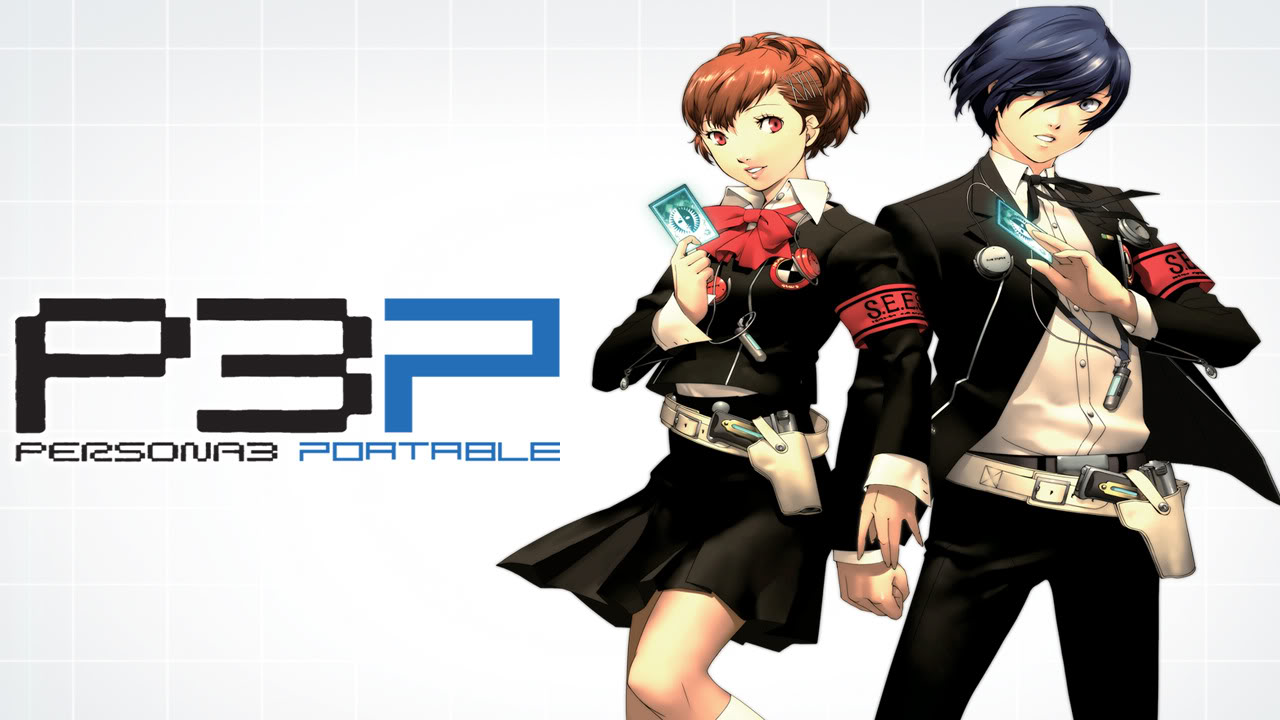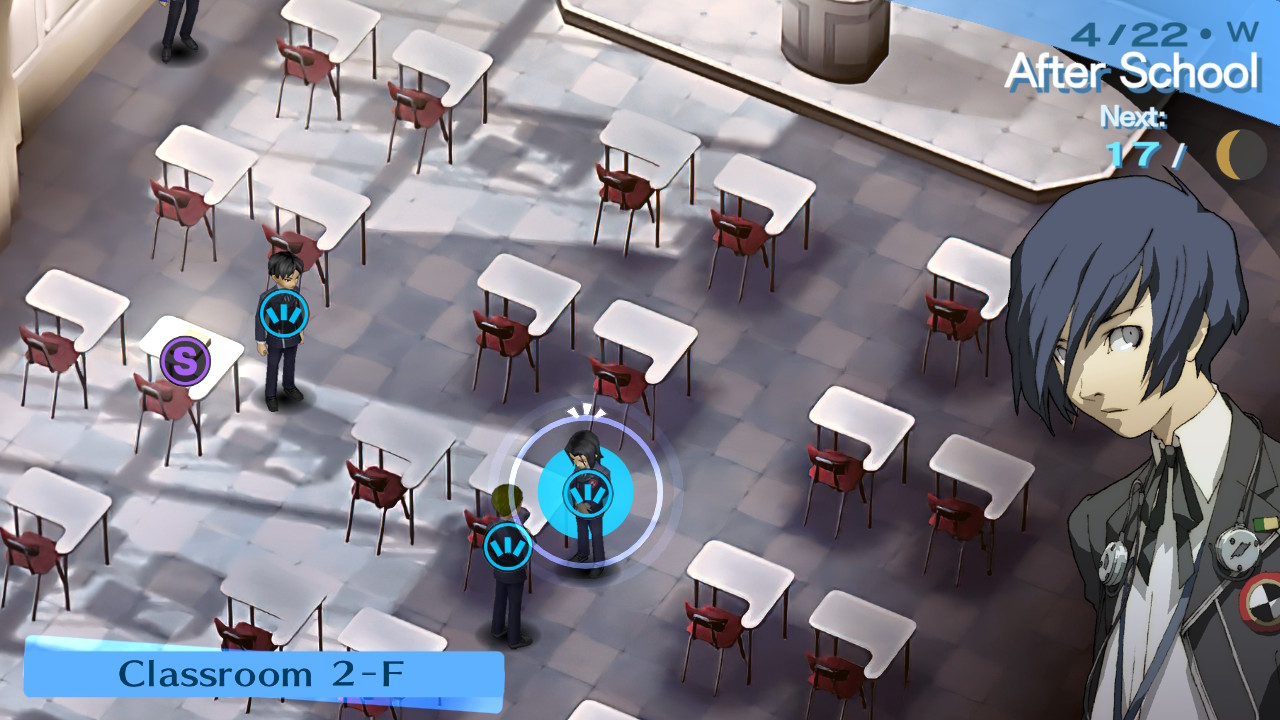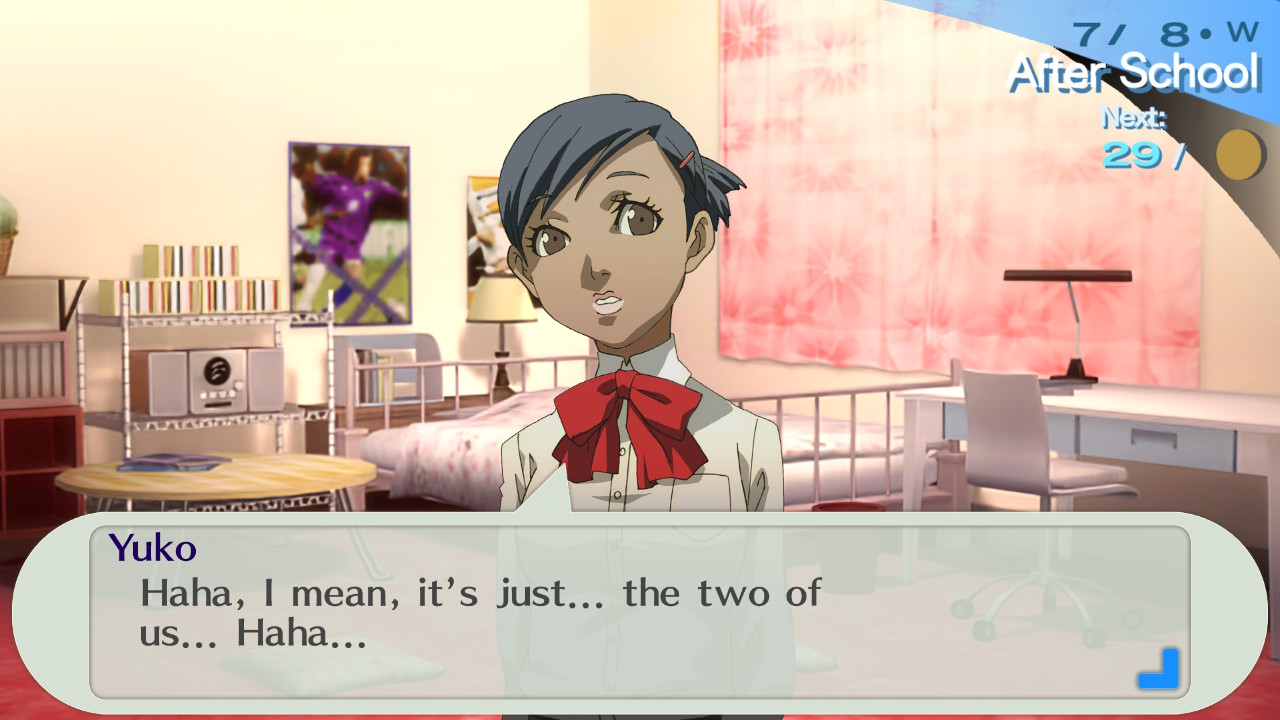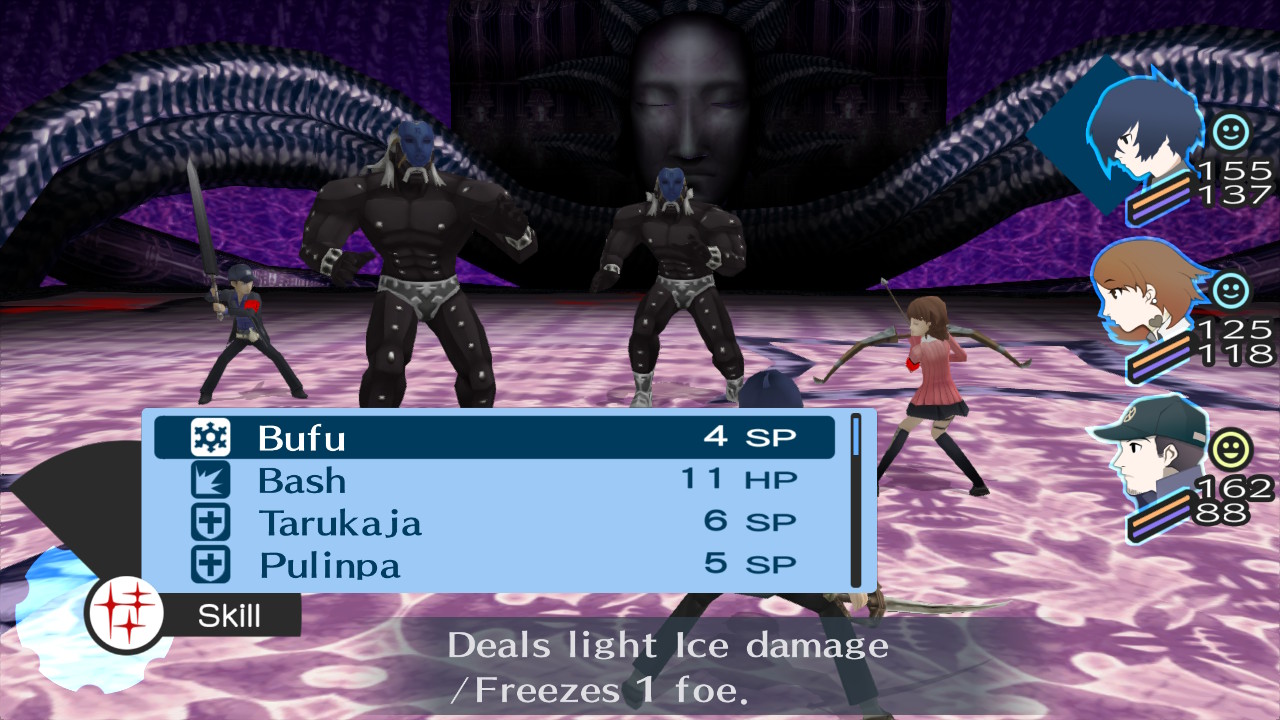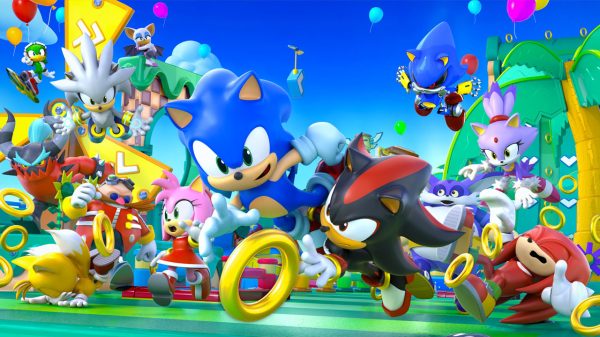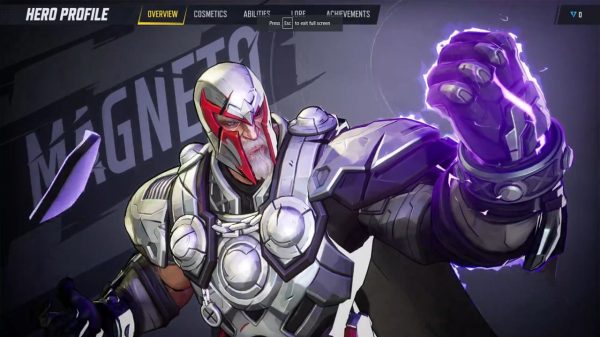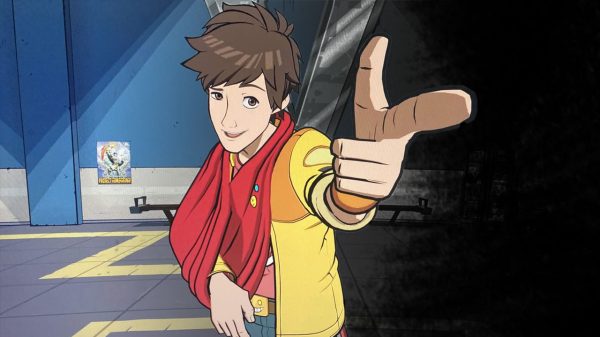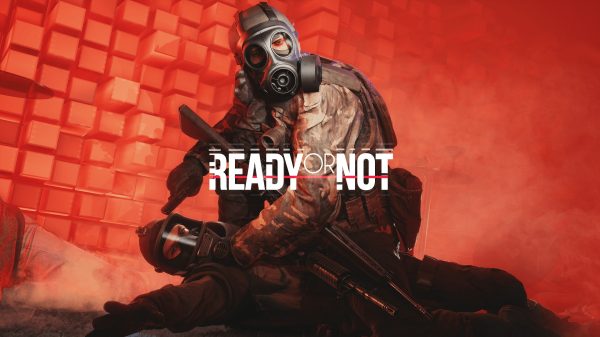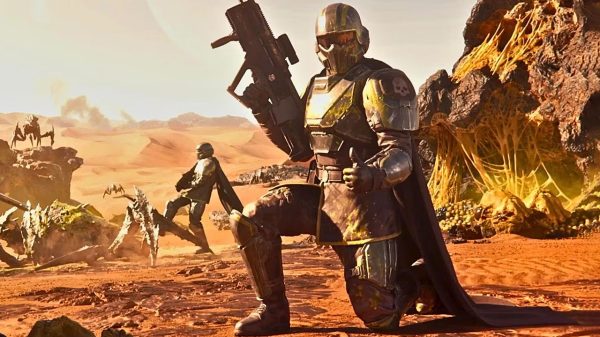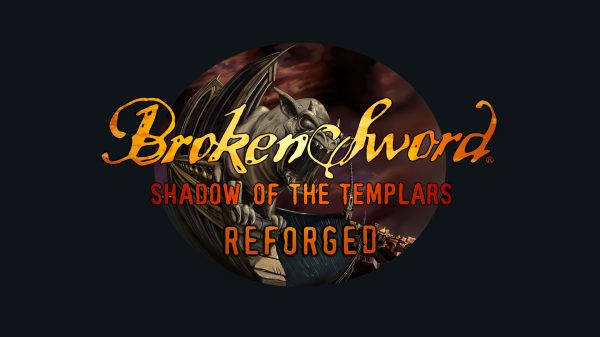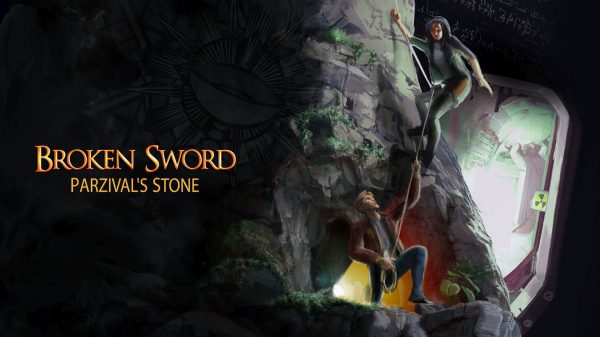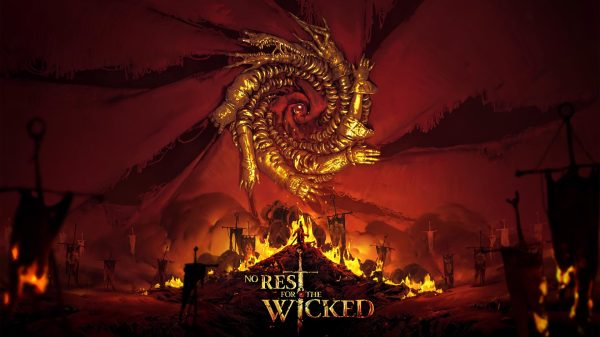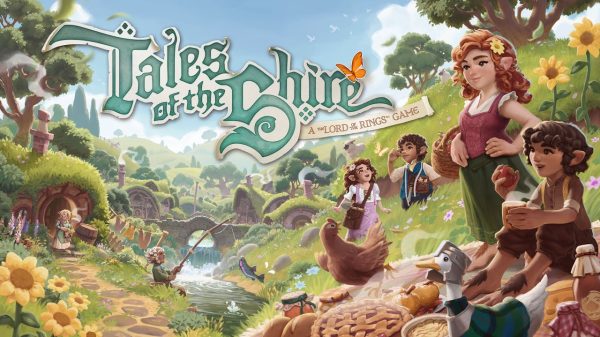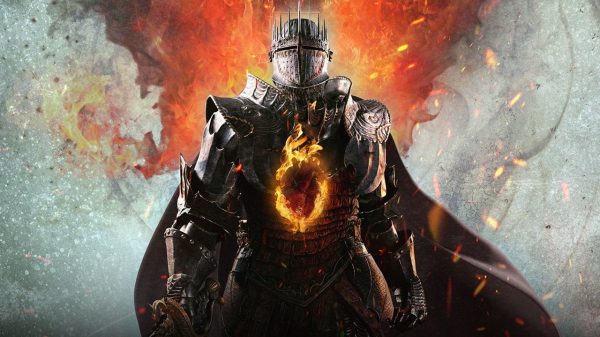Persona 3 Portable is an ambitious handheld remake like no other. Localised in 2010, a mere three years after the definitive Persona 3: FES on PlayStation 2, the PlayStation Portable title crammed the behemoth 60-plus hour JRPG onto the humble handheld. Atlus kept the voice acting, soundtrack, and dungeon crawling intact while even adding an exclusive additional protagonist who warrants an entire second playthrough!
The few compromises made to the portable port elevated the game depending on who you talk to, turning the third-person student-life adventuring into a top-down series of static landscapes and menus that could be navigated in a breezy fashion. The change to abstract the adventure in this fashion works because Persona lends itself well to menu-based navigation due to the heavy visual novel-like dialogue that drives almost half of the game.
The plot of Persona 3 is a slow burn about a mysterious condition plaguing a Japanese town called apathy syndrome. It is an analogue for a mental health malaise that is zombifying the town’s denizens. As students begin to injure themselves and disastrous accidents occur, the player is drawn into a paranormal investigation squad known as the Specialised Extracurricular Extermination Squad or S.E.E.S. They have the ability to explore a creepy special hour that occurs after midnight in which a Babel-like tower known as Tartarus appears on their school grounds.
Doze, flirt, and fluke your way through the school day
Tartarus serves as the game’s lone dungeon, similar to Persona 5’s Mementos, with players able to ascend here during the evenings’ hidden thirteenth hour to rescue wayward souls and find a way to mitigate the lethargy epidemic. This is all topped off with the unnecessarily edgy and poorly explained ritual of shooting oneself in the head with an imitation gun in order to summon their persona-Pokémon and fight the tower’s monsters known as shadows.
Here’s what you need to know about why Persona 3 is such a defining title in the Japanese RPG canon. Across its three versions (with the original and director’s cut/FES on PlayStation 2), Persona 3 marks a major shift in tone and style for the direction of the Shin Megami Tensei spin-off series. What was originally a tonally dark and focused dungeon crawler about students exploring urban Japan to fight and recruit mythological spirits known as personas had now become an upbeat hybrid of visual novel-based lifestyle sim, with dungeon crawling now only accounting for half of the experience.
The player character is now responsible for attending school, sitting exams and building relationships with peers on the school grounds and surrounding town. While spending time with other students and townsfolk, the player develops spiritual bonds that can in turn be used to fuse new and stronger personas to survive Tartarus. Being a good student and friend translates to being a stronger combatant when dungeon crawling. Its holistic design is benefitted by no two days ever being the same as the calendar rolls. Both the social and combat halves of the game complement one another, creating an ever-rewarding gameplay loop of wholesome daytime bonding followed by late-night spirit battling.
Let’s get spiritual, spiritual
The other major change introduced with Persona 3 is a style overhaul for the series. What was once a dark and run-of-the-mill paranormal thriller is now spiced up with a distinct visual style that translates across menus, cutscenes, and combat. The sharp visuals and bright anime trappings are presented with an infectious jazz-pop soundtrack. The audiovisual language of Persona 3 has been a series’ mainstay ever since, losing nothing in the translation to the PlayStation Portable and remaining an essential title for fans of the later games.
On the Nintendo Switch, P3P is once again at home on a handheld device. On the OLED, this 2010 release looks flawless. The entire game has been reframed and remastered to a flawless sheen, maximising the Switch’s screen real estate. P3P was always a good-looking game, with animated menus and no end of delightfully stylised transitions, combat scenes, 3D dungeon crawls and sharply illustrated dialogue sequences.
Few games today would have the confidence to use such bright and clashing colours, and the OLED only accentuates these visuals. Not to mention it’s all running at a perfectly stable 60 frames, albeit at 720p.
But…What does BJ stand for?
The soundtrack, along with the extensive Japanese and English voice tracks, easily stand up against the best JRPGs on the Nintendo handheld. This is the kind of Switch port that Atlus’ contemporaries ought to take note of.
There are a couple of caveats preventing P3P from taking the place of fans’ most beloved Persona title. The least of these is the absence of vibration support, which is something the PlayStation Portable could not accommodate. It just means that the dozens of hours spent watching loud fights play out are lacking that minor yet appreciated feedback.
Persona 3 is perhaps the most poorly paced of the modern series as well, with the social systems, enemies and persona variety drying up in the back third of the game. During the last 20 hours, deja vu sets in as the corridor layouts in the uppermost levels of Tartarus lack any new additions of variety other than new wallpaper. Previous enemies and bosses reappear in slightly different colours, chests drop the same handful of redundant healing items, and the monotony of simply finding the staircase to ascend each layer begins to set in. Outside of Tartarus, Persona 3 lets players max out their social relationships rather early. This meant that in my last dozen hours, there was nothing to do on the school grounds and in the neighbouring town. My protagonist would just go home and nap for days on end until the game decided to push the plot forward on certain calendar dates.
Get ready for Personamania, brooother!
Final Thoughts
Despite being my least favourite of the soft-rebooted Persona sequels, I could barely peel myself away from the dozens of engrossing hours that Persona 3 Portable offers. This is a technically impressive, concession-free port of the series’ most impressive remake. While an easy recommendation for fans, whether first or second playthrough, be patient as the late game begins to stale due to a lack of variety and crawling pace.
Reviewed on Nintendo Switch // Review code supplied by publisher
Click here for more information on WellPlayed’s review policy and ethics

- Atlus
- Sega
- PS4 / Xbox Series X|S / Xbox One / Switch / PC
- January 19, 2023








